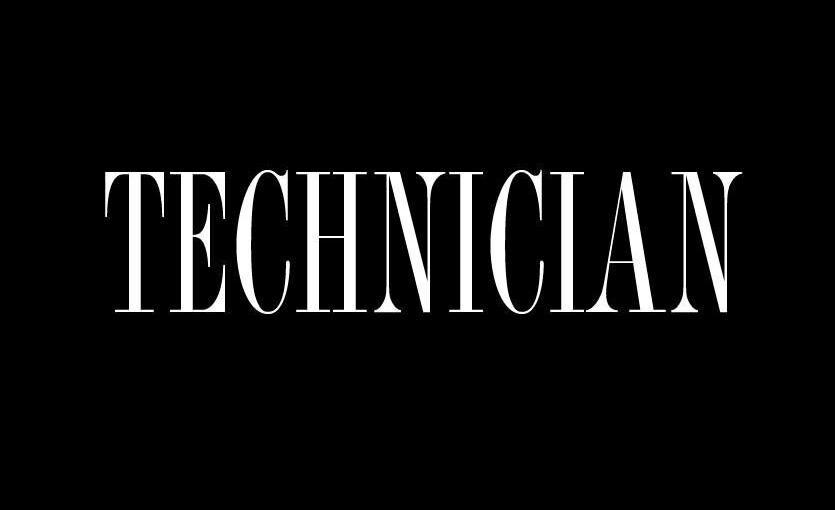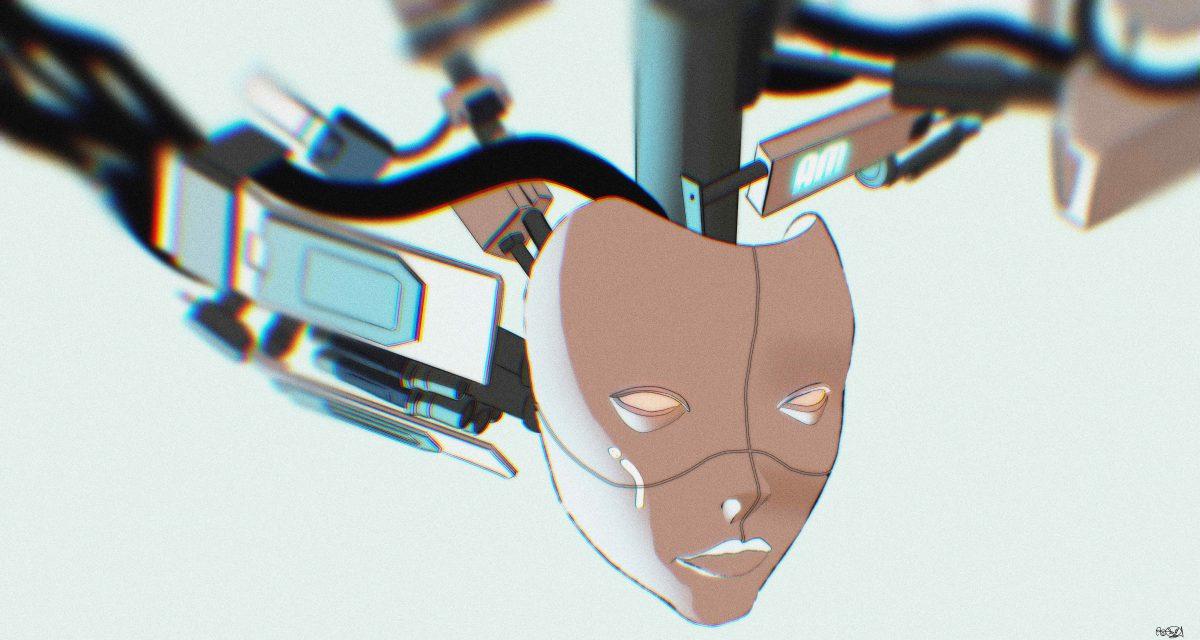In 1913, thousands of women took to the streets in Washington D.C., peacefully marching for women’s rights despite physical and verbal abuse from spectators. Decades later, during the height of the civil rights movement, protesters took part in “civil disobedience,” marching through places like Selma, Alabama and Washington, D.C., and sitting peacefully in a Greensboro diner, among other acts.
And in 1990, when lawmakers failed to listen to the people and pass legislation promoting accessibility, dozens of protestors famously undertook the “Capitol Crawl,” leaving their wheelchairs and dragging themselves up the step of Capitol Hill, pressuring Congress to pass the Americans with Disabilities Act. There are so many lessons to be found in these events, especially for college students, who are arguably the biggest demographic of potential protesters and social revolutionaries.
But in August 2018, when Nike announced that controversial activist and football player Colin Kaepernick would be the face of their newest ad campaign, dozens of people took to social media and slashed, burned and boycotted Nike products. While that last method is a historical way of making one’s voice of opposition heard, the motivation behind it in this instance was not a coordinated, thought-out countermeasure, but rather a rushed act arising from sudden fury.
Colleges are known for being ground zero for large-scale social movements, and are often the battlegrounds for some of the largest protests and marches during changes in political and social climate. From having a hand in the creation of Black Lives Matter, to campuses like University of California-Berkeley being places where opposing protestors clash, social justice and new ideas thrive in universities. While the kneeling movement spawned from one man, students should take note on how Kaepernick led a revolution.
There’s also been a noticeable amount of false labeling of Kaepernick’s position by opponents, with many thinking that he hates the country or doesn’t want it to succeed. President Trump last year had choice words for the football player, stating “you cannot disrespect our country, our flag, our anthem.”
However, Kaepernick’s statement shows a much different motivation: “I am not going to stand up to show pride in a flag for a country that oppresses Black people and people of color.” He’s had to make it clear multiple times, stating “The media painted this as I’m anti-American, anti-men-and-women of the military and that’s not the case at all.” Kaepernick’s issue is specifically with the treatment of American citizens, and it isn’t fair to paint it otherwise.
There are few examples of protests that I can make a clearer comparison with, than with Kaepernick himself. As implied in the new Nike tagline, “Stand for something, even if it means sacrificing everything,” Kaepernick’s message, spoken through his simple action of kneeling, has garnered both support and hatred, but, most importantly of all, attention towards his views on the state of American justice and society.
The risk paid off for Nike as well. Following a short, inevitable dip after the ad’s release, Nike saw its stock quickly skyrocket to a record-breaking high, and its online sales almost doubled. This speaks to more than just Nike’s marketing and business savvy. It’s reflective of Colin Kaepernick’s ability to become a central talking point in American culture through impactful, yet respectful rhetoric.
Thus, judging by the success of Kaepernick’s movement, carried out over years, and the success of similar movements, a key factor must be careful planning, another lesson for potential student protesters. For a talking point to get off the ground, a lot of factors must be addressed beforehand: the specific message of the movement, the questions that both the public and opponents will ask, what kind of image the group needs to establish in people’s minds, and so on. These are major things to consider, but they’re vital for a group’s survival.
Former Green Beret Nate Boyer talked about how Kaepernick directly met with him in order to find a way that would communicate his message in a bold way without disrespecting what the flag is supposed to mean and those who fought for it. He then persevered through months of anger and disrespect at the hands of naysayers, all while keeping a classic “chin held high” demeanor.
On the other hand, damaging property, even if it is yours, is not only inefficient at voicing one’s opinion, but it gives off an aura of immaturity, brashness, and poor decision-making. One suggestion would have been, instead of permanently ruining the merchandise, to publicly give it away to people in need. If nothing else, the positive PR may have gotten their ideas across to a few more people.
So, it all depends on how the message gets across, and how the protestors carry themselves. When the first image the average media consumer sees are those who damage or destroy their Nike gear for all of social media to see, it only harms the message and reputation of anyone who might oppose Kaepernick.
I support Kaepernick, and I agree with his message both on the field and in those ads. But while I always defend people’s right to disagree, no matter how much I personally disagree with them, Kaepernick’s most vocal opponents have failed to convince me on the negatives of Kaepernick’s stance.
Instead of addressing any flaws in his argument, they misrepresent it and publicly commit childish acts as a quick and easy way to voice their disapproval. I’m certain they don’t represent everyone who disagrees with Kaepernick, so if they don’t want to embarrass their side, they must plan out a more effective response.














